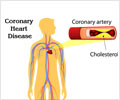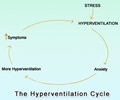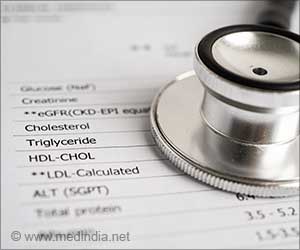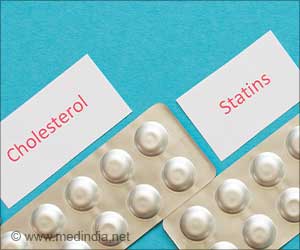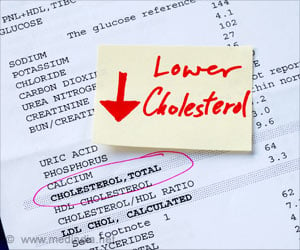Researchers at Wake Forest University Baptist Medical Center have found that how much fat a person has is not as important as where that fat is located when assessing risk for cardiovascular events and metabolic disease.
"We are facing an obesity epidemic, which obviously affects many things - metabolic abnormalities, cardiovascular disease, etc.," said Jingzhong Ding, M.D., lead researcher and an assistant professor of gerontology."Now we are finding out that where the fat is distributed is of high importance," Ding
In the study, the researchers used cardiac and CT scans to measure multiple fat depots in 398 white and black participants from Forsyth County, N.C., ages 47-86.
They found that the amount of fat a person had deposited around organs and in between muscles (nonsubcutaneous fat) had a direct correlation to the amount of hard, calcified plaque they had.
Calcified plaque itself is not considered risky, but it is linked to the development of atherosclerosis, or the presence of less stable, fatty deposits in the blood vessels that can lead to heart attack and stroke.
"Our hypothesis was that this kind of fat is quite different from subcutaneous fat, or fat just below the skin. Subcutaneous fat may not be as bad as having fat deposited around organs and in between muscles," Ding said.
Advertisement
"For the previous study, our hypothesis was that pericardial fat released inflammatory cytokines and free fatty acids directly into the coronary arteries, leading to endothelial dysfunction, which initiates atherosclerosis," Ding said.
Advertisement
"We know that even thin people could have excessive non-subcutaneous fat. If this hypothesis is confirmed, we should look for ways to specifically target the non-subcutaneous fat depot," Ding said.
The study will appear in the September issue of the American Journal of Clinical Nutrition, a publication of the American Society for Nutrition.
Source-ANI
SRM






